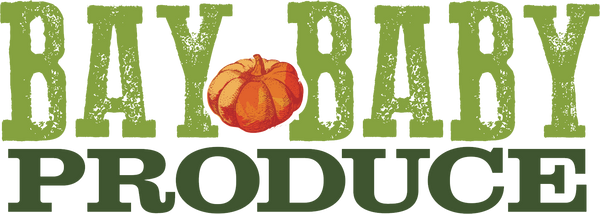August: Hobby Garden Checklist

"August rushes by like desert rainfall, A flood of frenzied upheaval, Expected, But still catching me unprepared. Like a matchflame Bursting on the scene, Heat and haze of crimson sunsets. Like a dream Of moon and dark barely recalled, A moment, Shadows caught in a blink. Like a quick kiss; One wishes for more But it suddenly turns to leave, Dragging summer away." ― Elizabeth Maua Taylor
Just as Elizabeth Maua Taylor says, August is the month that takes summer away. However, that does not mean work in the garden ceases! A gardener can continue to sow seeds, and care for their land during the month of August, as well as reap the benefits of the Harvest! Check out our August Hobby Gardening Checklist below:
-
Harvest and Maintenance:
- Harvest ripe fruits, vegetables, and herbs regularly.
- Deadhead flowers to encourage continuous blooming.
- Remove weeds to prevent competition for nutrients and water.
- Monitor plants for pests and diseases and take appropriate action.
- Water deeply and regularly, especially during dry spells.
- Mulch around plants to conserve moisture and suppress weeds.
- Prune and train plants as needed for better shape and airflow.
- Support tall or heavy plants with stakes, trellises, or cages.
- Clean and sanitize garden tools and containers.
-
Planting and Sowing:
- Sow seeds for fall crops such as lettuce, spinach, radishes, and kale.
- Start seeds indoors for cool-season crops like broccoli, cauliflower, and Brussels sprouts to transplant later.
- Plant late-season annuals for a splash of color in the garden.
- Consider planting cover crops or green manure to enrich the soil and prevent erosion in empty beds.
-
Vegetable Garden:
- Monitor soil moisture and adjust watering as needed.
- Fertilize vegetable plants with a balanced organic fertilizer.
- Stake or cage indeterminate tomato varieties and prune suckers.
- Harvest vegetables at the peak of ripeness for best flavor and quality.
- Keep an eye out for pests like aphids, caterpillars, and slugs.
- Rotate crops in the garden to minimize disease and pest issues.
-
Fruit Trees and Berry Bushes:
- Harvest ripe fruits and berries promptly.
- Prune fruit trees to remove dead, damaged, or crowded branches.
- Monitor for signs of fruit tree pests and diseases and take appropriate measures.
- Water fruit trees deeply to support fruit development.
- Apply organic fertilizers suitable for fruit trees and berry bushes.
-
Flower Garden:
- Deadhead spent flowers to promote continuous blooming.
- Water flowers regularly, especially potted plants and newly established ones.
- Divide and transplant overcrowded perennials after they have finished blooming.
- Cut back leggy annuals for bushier growth and more blooms.
- Remove faded blooms from roses to encourage new bud formation.
-
Lawn Care:
- Mow the lawn regularly, adjusting the height to prevent stress from heat.
- Water the lawn deeply and infrequently, preferably in the early morning.
- Remove weeds from the lawn by hand or using appropriate herbicides.
- Repair or patch any bare or damaged areas of the lawn.
- Consider aerating the lawn if it becomes compacted.
-
Garden Planning:
- Take notes on what worked well and what needs improvement for future reference.
- Start planning for the fall and winter garden, including crop selection and garden layout.
- Order or purchase seeds, bulbs, and plants for the upcoming seasons.
- Consider starting a garden journal to track planting dates, observations, and successes.
August is a bountiful month for vegetables. Some commonly harvested vegetables include corn, tomatoes, cucumbers, zucchini, peppers, eggplants, green beans, carrots, onions, potatoes, and various leafy greens like lettuce and spinach. Also, tree fruits, grains, herbs nuts and sunflowers! Be gracious for one of the last bountiful months we get to grow our own fresh food, and make sure to have solid plan for the following season!
As always, the specific tasks and timing can vary depending on your location, climate, and specific garden needs. Adjust the list based on your garden's requirements and regional gardening recommendations.

